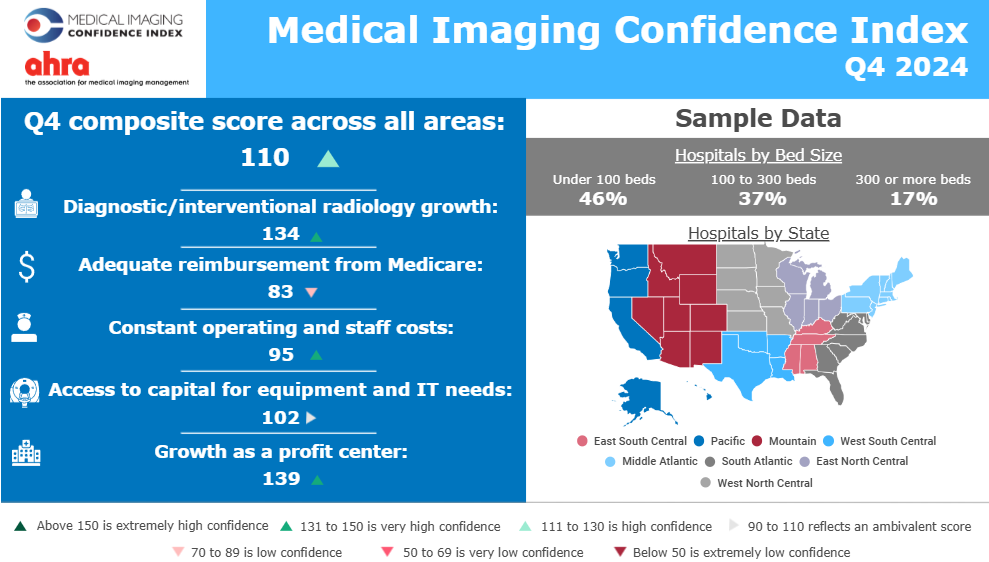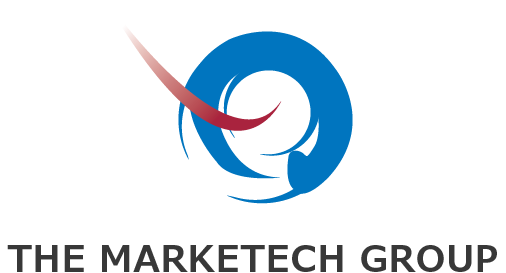The Rise of Patient-Centric Healthcare Marketing
Share this article:
Written by: The Marketech Group

As patients take a more active role in their care decisions, healthcare organizations must shift from product-centered messaging to a patient-first approach. Traditional, product-focused strategies are becoming less effective as patient experience and empowerment take priority. Patient-centric marketing places the individual at the center, focusing on their needs, values, and concerns. This approach deepens engagement, builds trust, and fosters loyalty. By delivering personalized, meaningful messaging, MedTech companies can connect more authentically with patients, offering solutions that address their real-world challenges and improve the overall care experience.
The Importance of Patient-Centric Marketing in Healthcare
Patient-centric marketing is vital because it places patients' needs and values at the core of communication strategies. As healthcare consumers become more informed, traditional, feature-focused marketing loses impact. Prioritizing patient experiences allows MedTech companies to create personalized, relevant messaging that builds trust and long-term engagement. This not only enhances patient satisfaction but also leads to better health outcomes by encouraging active participation in care. Additionally, patient-centric marketing aligns with the growing demand for transparency, building loyalty and ensuring that solutions are seen as truly addressing patient needs.
Understanding the Patient-Centric Approach in Modern Healthcare
The patient-centric approach in healthcare prioritizes the individual’s needs, preferences, and values throughout their care journey. Rather than focusing solely on clinical outcomes or product features, this model emphasizes patient experience and personalized care. By actively involving patients in decision-making, healthcare organizations can provide more tailored solutions that resonate on a deeper level. This shift is essential as patients become more empowered and demand a greater role in their healthcare.
What is a Patient-Centric Approach?
A patient-centric approach revolves around treating patients as active partners in their care. It includes understanding their unique circumstances and ensuring that care delivery is aligned with their goals. Communication, empathy, and patient education play pivotal roles in this model.
The Role of Patient-Centric Healthcare in Improving Outcomes
By fostering patient engagement and encouraging shared decision-making, patient-centric healthcare leads to better outcomes. When patients feel heard and involved, they are more likely to adhere to treatment plans, leading to improved satisfaction, loyalty, and long-term health benefits.
Key Benefits of Implementing Patient-Centric Solutions
Adopting patient-centric solutions offers numerous advantages for both healthcare organizations and patients. By placing the patient’s needs, preferences, and experiences at the center of care, healthcare providers can foster deeper connections and deliver more relevant services. These solutions not only improve patient satisfaction but also support better health outcomes and long-term loyalty.

Enhancing Patient Engagement through Personalized Care
Personalized care, a core element of patient-centric solutions, increases patient engagement by addressing individual needs. Tailored treatment plans and clear communication make patients feel valued, encouraging them to take an active role in their healthcare journey. This enhanced engagement often leads to better treatment adherence and improved overall outcomes.
Building Trust and Loyalty with a Patient-Centric Focus
Focusing on patient-centric care helps build trust by demonstrating that healthcare providers genuinely care about patient well-being. Consistent, transparent communication and personalized attention foster long-term loyalty, strengthening the relationship between patients and healthcare organizations while improving brand reputation.
How to Create an Effective Patient Marketing Strategy
Creating a successful patient marketing strategy starts with a deep understanding of patient needs, preferences, and behaviors. Begin by gathering insights through qualitative and quantitative research to identify what resonates with your target audience. Segment patients based on demographics, health conditions, and preferences to tailor messaging effectively.
Next, focus on delivering personalized content that addresses patient concerns, such as educational resources, treatment options, or testimonials. Clear, transparent communication fosters trust, making patients more likely to engage with your brand.
Incorporating digital tools like patient portals, mobile apps, and social media can help foster continuous engagement. Empower patients with useful information, and encourage two-way communication to build a sense of partnership. Finally, measure the effectiveness of your strategy by tracking key performance indicators (KPIs) such as engagement, satisfaction, and treatment adherence, and adjust your approach as needed for optimal impact.
Leveraging Data and Insights for Targeted Patient Marketing

Data-driven insights are the key to crafting targeted patient marketing strategies. By analyzing patient demographics, behaviors, and preferences, healthcare organizations can create more personalized campaigns. Use tools like surveys, feedback forms, and electronic health records (EHR) to gather patient data and segment marketing efforts accordingly.
Predictive analytics can help anticipate patient needs and deliver proactive solutions or educational content. This data-driven approach enables healthcare marketers to craft messages that resonate deeply with patients, enhancing engagement and trust. Regularly analyzing and adjusting strategies based on these insights ensures alignment with patient expectations, leading to better outcomes and long-term loyalty.
Turn Patient Insights into Action
Innovative Marketing Strategies and Patient Engagement Techniques
Innovative marketing strategies play a crucial role in deepening patient engagement. By delivering personalized content through platforms like patient portals, mobile apps, and email, healthcare providers can create connections that feel more genuine and relevant to each patient’s unique needs. These tools allow for communication that speaks directly to individuals, addressing their specific concerns and making them feel understood and valued. Tailored messaging, rooted in empathy and real-world understanding, strengthens the relationship between patients and healthcare providers, helping to foster trust and loyalty over time.
Social media further enhances engagement by offering an interactive space for sharing educational content, success stories, and fostering patient communities. Encouraging patients to share experiences or participate in health-related activities builds a sense of involvement.
Another technique is the use of predictive analytics to anticipate patient needs and proactively offer solutions or resources. Gamification, such as health-tracking apps with rewards, can motivate patients to stay engaged with their care plans. By combining data-driven strategies with patient-centered content, healthcare organizations can create impactful campaigns that enhance engagement, improve patient outcomes, and build long-term loyalty.
The Future of Patient-Centric Healthcare Marketing
The future of patient-centric healthcare marketing lies in further personalization and deepening the connection between patients and healthcare providers. As technology continues to advance, integrating artificial intelligence (AI) and predictive analytics will enable even more personalized patient experiences. These tools will enhance patient engagement by analyzing vast data sets to identify individual preferences, behaviors, and needs, allowing healthcare providers to deliver more targeted and relevant interactions. AI-powered chatbots, virtual assistants, and personalized health recommendations will transform how patients interact with healthcare systems, making care more accessible and convenient.
In addition, the rise of wearable devices and health-tracking apps will provide real-time data, enabling healthcare providers to offer proactive care and personalized insights. Patient engagement will move beyond traditional communication methods, with an increased focus on fostering two-way dialogues and community-building through social media and other interactive platforms.
Ultimately, patient-centric marketing will evolve to become more integrated into patients' daily lives, offering ongoing support and education, while helping to drive better health outcomes and stronger brand loyalty.
Partner with The MarkeTech Group for Patient-Centric Marketing Insights
As patients take a more active role in their healthcare, adopting a patient-centric marketing approach will help bridge the gap between patient expectations and healthcare solutions. Putting the patient at the heart of your strategy allows MedTech companies to build stronger connections and foster genuine trust. By focusing on personalized care, clear communication, and transparency, patients feel valued and understood, leading to deeper engagement. This approach also strengthens long-term relationships and improves outcomes. Prioritizing what matters most to patients enables healthcare organizations to make a lasting, meaningful impact.
Partnering with The MarkeTech Group ensures your marketing strategies are grounded in a deep understanding of patient needs and behaviors. Our expertise in patient-centric marketing helps MedTech companies forge personalized connections that enhance engagement, improve outcomes, and build lasting loyalty. By leveraging data-driven insights, we empower you to align your messaging with the real-world challenges patients face.
Take the next step by submitting an RFP. Our team is ready to collaborate and tailor solutions to your product’s unique needs, ensuring your patient-centric strategies thrive in today’s competitive healthcare industry.




